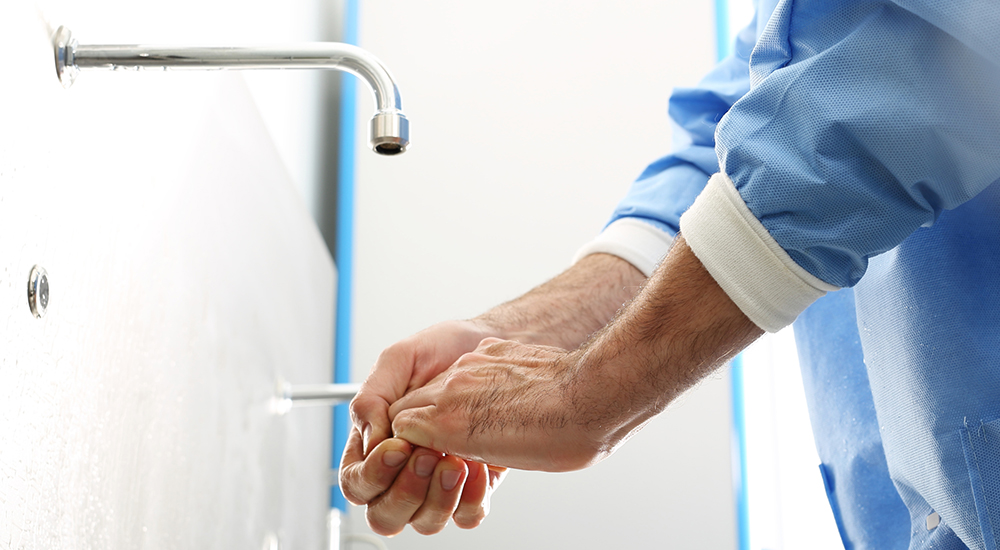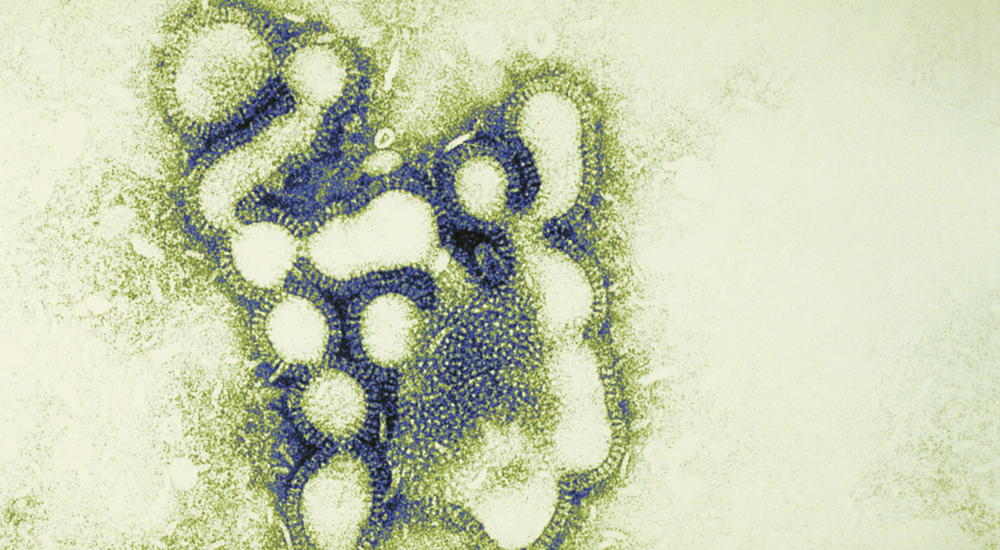Infection Prevention

Wash Your Hands Often

Ask Your Doctor How to Learn More

Dialysis Patients are at High Risk for Infection
Infections are the second leading cause of death in patients with End-Stage Renal Disease (ESRD). The majority of these infections are due to catheter-related bloodstream infections. One of our goals within the ESRD Network Program is to reduce the national rate of bloodstream infections in dialysis patients.
Infection Prevention & Patient Safety
Patients who undergo dialysis treatment have an increased risk of getting an infection. Hemodialysis patients are at high risk for infection because the process of hemodialysis requires frequent use of catheters or insertion of needles to access the bloodstream. Hemodialysis patients also have weakened immune systems, which increases their risk of infection.
What is a Healthcare-Associated Infection (HAI)?
Healthcare-associated infections (HAIs) are infections people get while they’re receiving health care for another condition. HAIs can be caused by bacteria or fungi that are resistant to antibiotics, making them difficult to treat and can happen in any healthcare facility, including end-stage renal disease facilities.
Why am I at a higher risk for infection as a dialysis patient?
Your kidneys play a vital role in cleaning your blood, eliminating waste from your body, and supporting other important functions. There are several different dialysis treatment options. Each treatment option has varying risks for infection. It is important to discuss the different treatment options with your doctor and decide which is best for you.
Vein Access and Infection Risk
A vein access, also known as a vascular access, is needed to move blood between your body and the dialysis machine during hemodialysis treatments. An arteriovenous (AV) fistula or graft should be placed before hemodialysis treatments begin. However, if you have damaged veins and arteries, this type of access may not be possible and a central line catheter may be used. Central line catheters are designed for short-term use and can be placed quickly.
Any of the three access types (AV Fistula, AV Graft, or central line catheter) could develop an infection, but AV fistulas have the lowest risk of infection, while central line catheters have the highest risk of infection.
One goal of the ESRD Network Program is to reduce the number of Long-Term Catheters being used for dialysis access. To learn more, visit our Reducing Long-Term Catheter Usage quality improvement page.
How can I prevent myself from becoming infected during dialysis treatments?
- Wash your hands often or use hand sanitizer.
- Cover your nose and mouth when you cough or sneeze.
- Learn about the dialysis process and know what to expect during treatment.
- Check your access daily and notify staff if you notice any signs of infection including redness, swelling, puss, or unusual drainage.
- Notify staff if your catheter bandage gets dirty or wet.
- If you have a central line catheter, ask staff if you can use a fistula or graft for your dialysis treatment.
- Be sure that staff is cleaning their hands before and after caring for you or your access.
- Speak up! Watch the video and don’t be afraid to ask questions during your dialysis treatments. Everyone has a role to play in preventing infections and improving dialysis patient safety.
Speak Up: Making Dialysis Safer for Patients
Tools & Resources
ESRD Network Program
- Living with Your HD-CVC: English
- Living with Your AVF/AVG: English
- Kidney Chronicles - How to Have a Healthy Vascular Access: English|Spanish
- Planning for Your Vascular Access Booklet (English): Network 1|Network 2|Network 6|Network 9
- Planning for Your Vascular Access Booklet (Spanish): Network 1|Network 2|Network 6|Network 9
- Questions or Concerns About Permanent Access? Let's Talk Booklet: Network 1|Network 2|Network 6|Network 9
- Cleanliness in the Clinic - How Speaking Up Can Prevent Infection: Read It!
- My Life is in Your Hands - Please Wash Them!: Read It!
